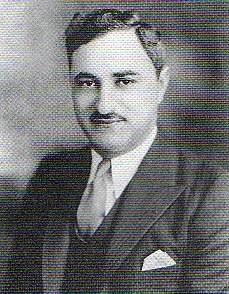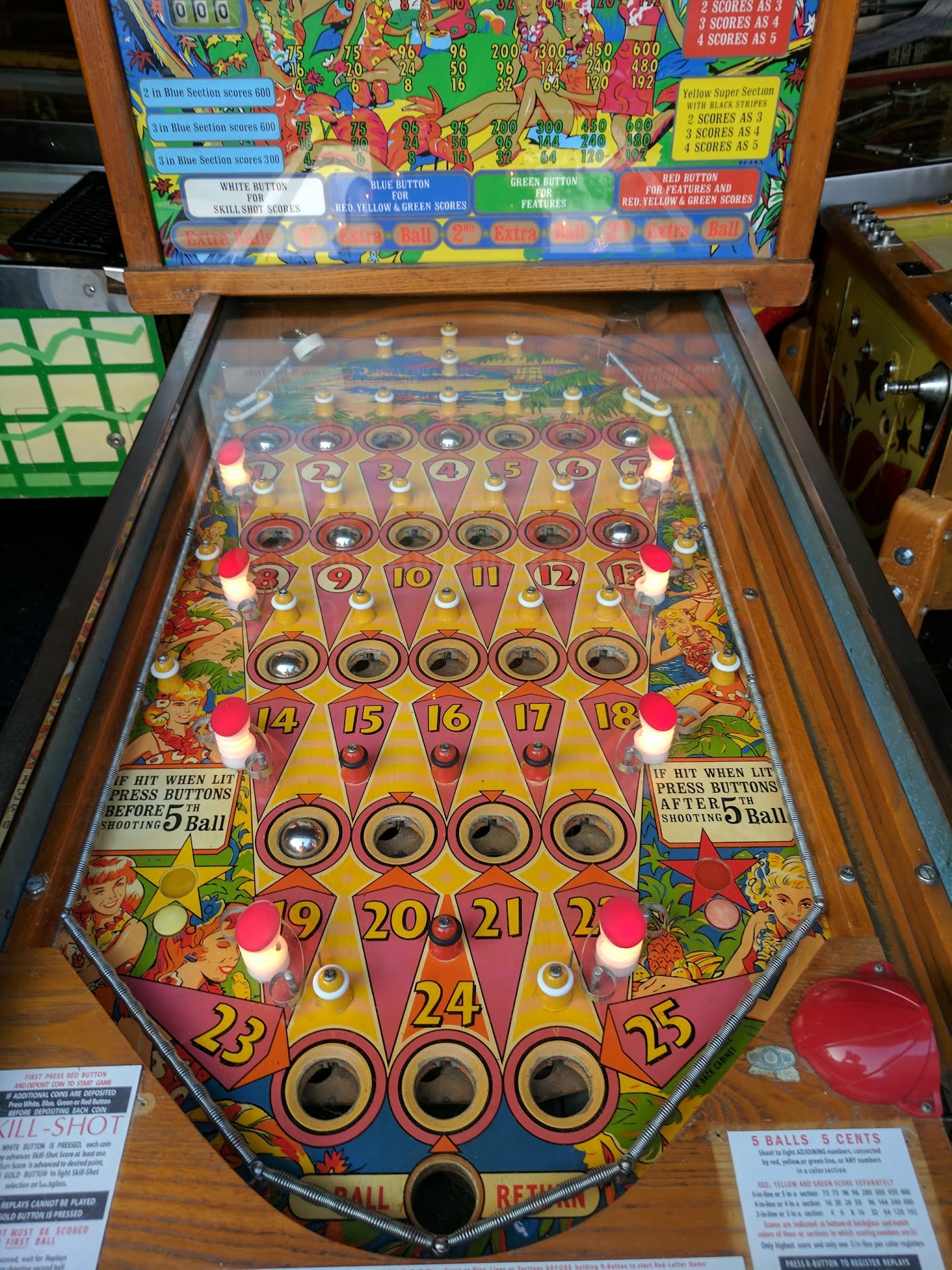The Scenario
this is a spiritual successor to my first-ever timeline What if Nintendo Stayed in the Arcades and some things from that timeline will be adapted into this one as well. but this timeline will be much more ambitious as I not just talking about one company staying in the arcades and the effects of it; it will be a timeline of drastic changes and effects to the entire gaming industry as the arcades are still up to this day are very popular worldwide. here are many of the companies that are affected by these TL changes.
edit: updated the Seymour logo with the updated version.
Nintendo
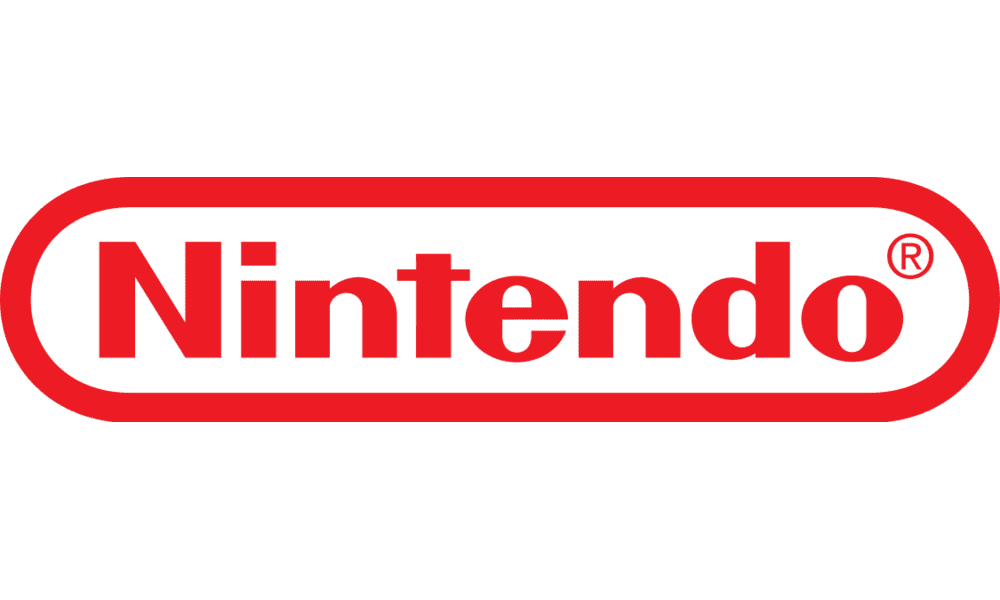
Logo from 1983 to around 2008
Location: Kyoto, Japan
Launch: 1889
Founder: Fusajirō Yamauchi (1859-1940)
Sega
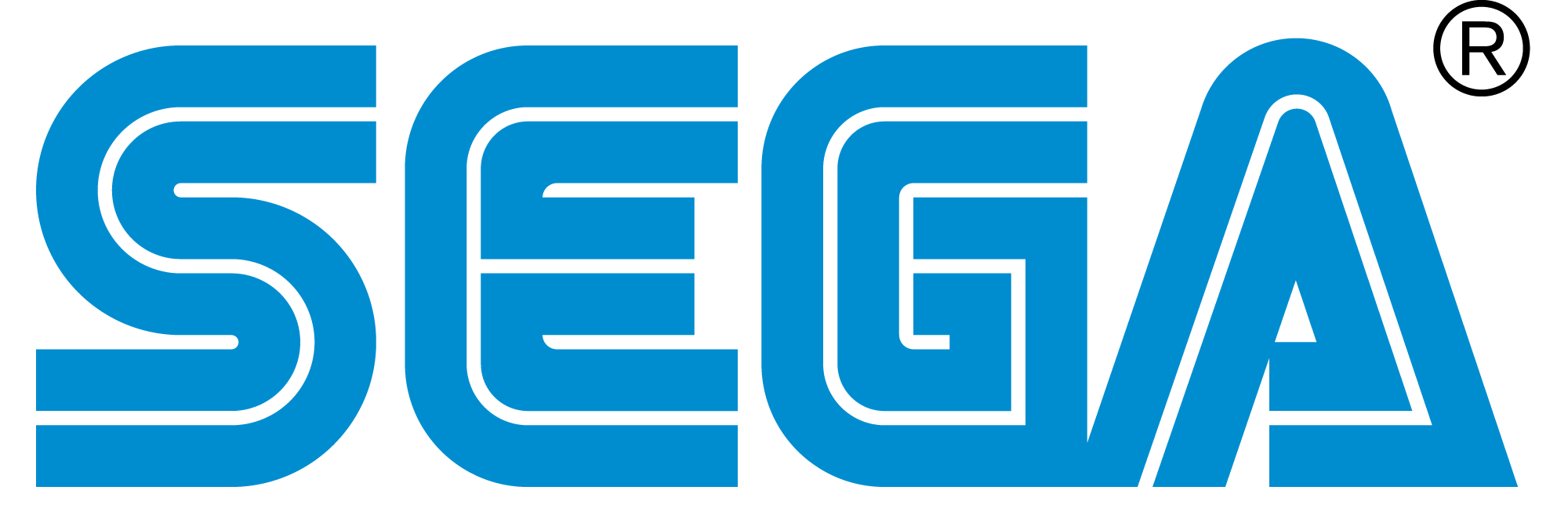
Sega logo from 1976 till today
Location: Honolulu, HI; Shinagawa City, Tokyo, Japan
Launch: 1960
Founder: David Rosen (1930-today)
Sony
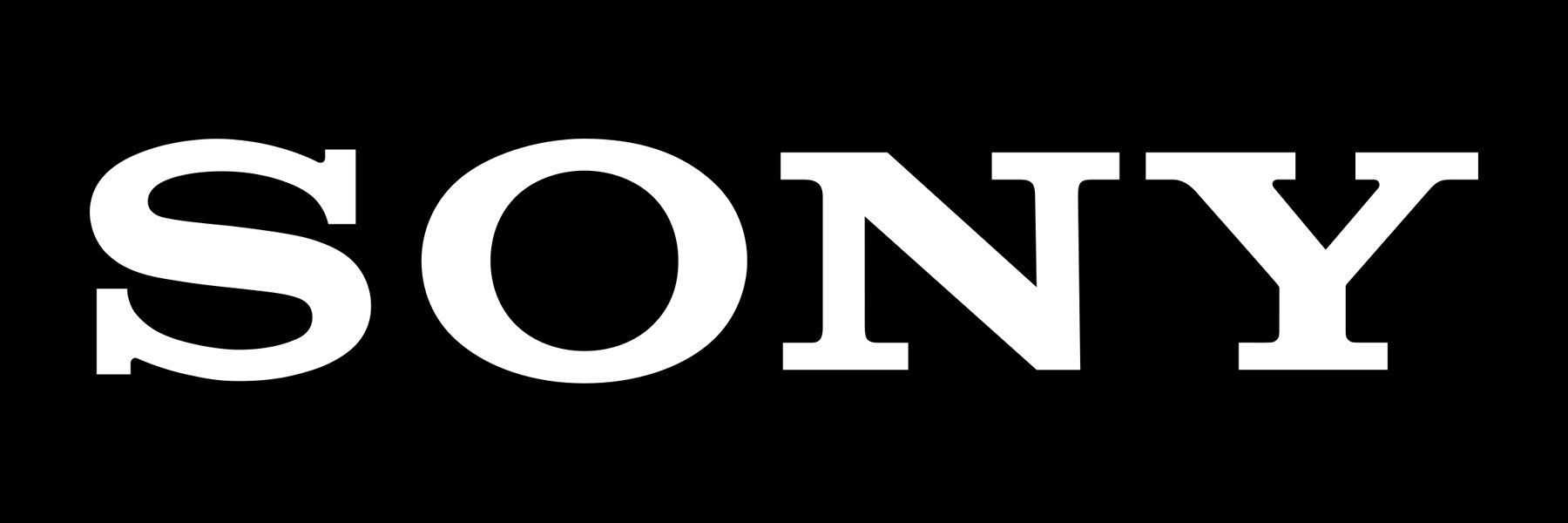
Sony Logo from 2005 till today
Location: Minato City, Tokyo, Japan
Launch: 1946
Founder: Akio Morita (1921-1999) and Masaru Ibuka (1908-1997)
Microsoft

Microsoft logo from 1985 till 2006
Location: Albuquerque, NM
Launch date: 1975
Founder: Bill Gates (1955-today) and Paul Allen (1953-2018)
Apple

Apple's logo from 1976 till 1992
Location: Cupertino, CA
Date Founded: 1976
Founders: Steve Jobs (1955-2017), Steve Wozniak (1950-today), and Ronald Wayne (1934-today)
Atari

Atari Logo from 1980 till 1998
Location: Sunnyvale, CA
Date Founded: 1972
Founders: Nolan Bushnell (1943-today) and Ted Dabney (1937-2018)
NEC

NEC logo from 1980 till 2010
Location: Minato City, Tokyo, Japan
Date Founded: 1898
Founders: Kunihiko Iwadare (1857-1941) and Takeshiro Maeda
Gottlieb

Gottlieb Logo from 1975 till today
Location: Chigaco, IL
Date Founded: 1927
Founder: David Gottlieb (1901-1997)
The Seymour Corporation

Company logo by @ExowareMasses for the Seymour Corporation (A new corporation ITTL)
Location: Houston, TX
Date Founded: 1935
Founders: William J. Seymour (1878-1969), Howard Claymore Sr. (1880-1974), and four others
and others as well like... Capcom, Namco, Bandai, Bungie, Willams, Midway, Bally, Rally, Chicago Coin, Treasure, Stern Pinball, Genco, RareWare, SNK, Irem, Taito, Konami, Electronic Arts, Ubisoft, Activision, Blizzard, Data East, Incredible Technologies, Exidy, Disney Interactive, Acclaim, Cave, Sammy, Sinclair Technologies, Commodore, Coleco, Lockheed Martin, Motorola, Phillips, Radioshack, 3DO, Fairchild, Amstrad, Acorn, British Broadcasting Corporation, Square Soft, Enix, Hudsonsoft, Seta, Sierra Online, Game Freak, Valve, Dave & Busters, and many more!
Welcome to Pure Arcadia: A Timeline of Alternate Arcades and Beyond where we will start at the very beginning of arcade history.


Logo from 1983 to around 2008
Location: Kyoto, Japan
Launch: 1889
Founder: Fusajirō Yamauchi (1859-1940)
Sega

Sega logo from 1976 till today
Location: Honolulu, HI; Shinagawa City, Tokyo, Japan
Launch: 1960
Founder: David Rosen (1930-today)
Sony

Sony Logo from 2005 till today
Location: Minato City, Tokyo, Japan
Launch: 1946
Founder: Akio Morita (1921-1999) and Masaru Ibuka (1908-1997)
Microsoft
Microsoft logo from 1985 till 2006
Location: Albuquerque, NM
Launch date: 1975
Founder: Bill Gates (1955-today) and Paul Allen (1953-2018)
Apple

Apple's logo from 1976 till 1992
Location: Cupertino, CA
Date Founded: 1976
Founders: Steve Jobs (1955-2017), Steve Wozniak (1950-today), and Ronald Wayne (1934-today)
Atari

Atari Logo from 1980 till 1998
Location: Sunnyvale, CA
Date Founded: 1972
Founders: Nolan Bushnell (1943-today) and Ted Dabney (1937-2018)
NEC
NEC logo from 1980 till 2010
Location: Minato City, Tokyo, Japan
Date Founded: 1898
Founders: Kunihiko Iwadare (1857-1941) and Takeshiro Maeda
Gottlieb

Gottlieb Logo from 1975 till today
Location: Chigaco, IL
Date Founded: 1927
Founder: David Gottlieb (1901-1997)
The Seymour Corporation
Company logo by @ExowareMasses for the Seymour Corporation (A new corporation ITTL)
Location: Houston, TX
Date Founded: 1935
Founders: William J. Seymour (1878-1969), Howard Claymore Sr. (1880-1974), and four others
and others as well like... Capcom, Namco, Bandai, Bungie, Willams, Midway, Bally, Rally, Chicago Coin, Treasure, Stern Pinball, Genco, RareWare, SNK, Irem, Taito, Konami, Electronic Arts, Ubisoft, Activision, Blizzard, Data East, Incredible Technologies, Exidy, Disney Interactive, Acclaim, Cave, Sammy, Sinclair Technologies, Commodore, Coleco, Lockheed Martin, Motorola, Phillips, Radioshack, 3DO, Fairchild, Amstrad, Acorn, British Broadcasting Corporation, Square Soft, Enix, Hudsonsoft, Seta, Sierra Online, Game Freak, Valve, Dave & Busters, and many more!
Welcome to Pure Arcadia: A Timeline of Alternate Arcades and Beyond where we will start at the very beginning of arcade history.
edit: updated the Seymour logo with the updated version.
Last edited:


